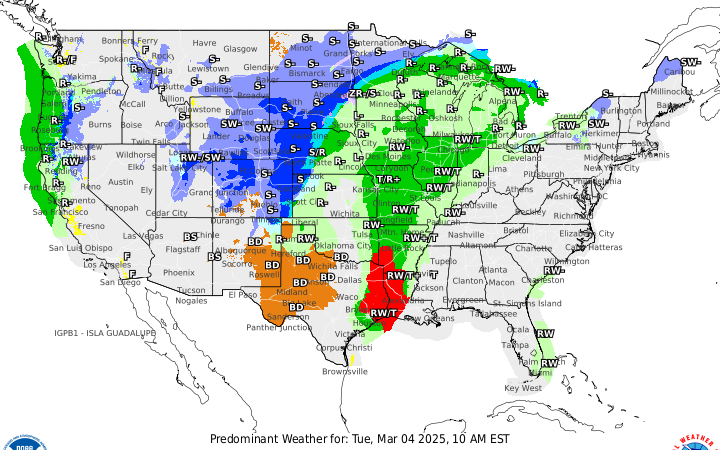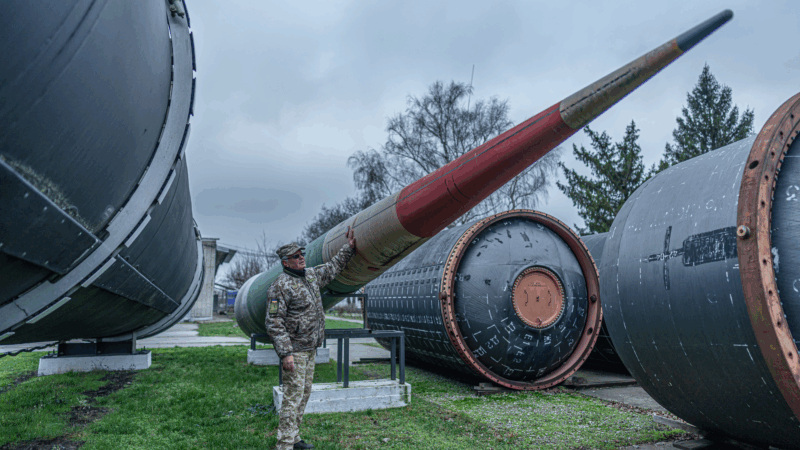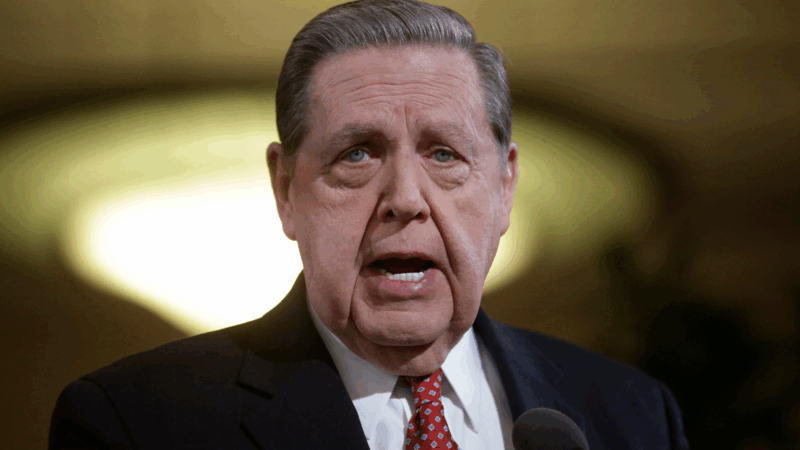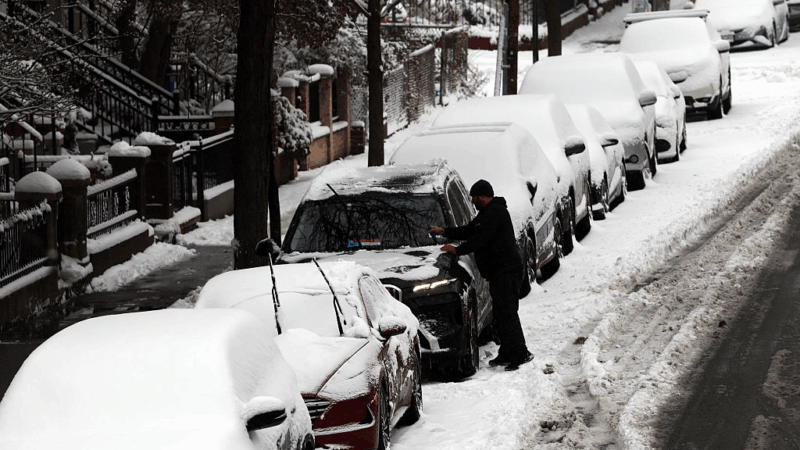Severe weather and critical fire risk, ranked ‘multi-hazard,’ expected nationwide
A spring storm bringing severe weather will impact the U.S. through the middle of the week, with parts of the country experiencing thunderstorms and “critical fire” risk conditions.
The “multi-hazard storm” is expected to move across the Central Plains and through the Midwest toward the Great Lakes region starting Monday evening, the National Weather Service (NWS) says.
“Thunderstorms should increase late this evening and merge into a squall line overnight across parts of the southern and central Plains. Several tornadoes, scattered to numerous severe wind gusts, and large hail are all possible,” according to the NWS Storm Prediction Center.
Heavy snow and strong winds will create “dangerous travel conditions” across the area, including Nebraska, and parts of the Midwest, through Tuesday. The forecast warns that blowing snow may “significantly reduce visibility, with localized whiteout conditions possible.”
A strong cold front will also bring severe weather across parts of the South, including Louisiana, Mississippi and Alabama, extending to eastern states, such as Virginia from Tuesday into Wednesday. The NWS says there will be “concerns for very strong damaging winds, tornadoes, and at least some areas of large hail” across the central Gulf Coast. On Wednesday, thunderstorms and heavy rain could lead to “damaging winds and potentially a few tornadoes.”
Fire danger in Southern Plains and Carolinas
Red flag warnings are in effect for parts of Texas through Tuesday evening, with fire weather watches in effect across the state, parts of New Mexico and parts of Oklahoma. A red flag warning indicates an increased risk of fire due to a combination of very low humidity, warm temperatures and strong winds.
Wind advisories are also forecast for eastern parts of Texas beginning Tuesday evening, extending across the South to East Georgia through Wednesday evening. Some places may experience winds of 20 to 35 mph, with gusts up to 55 mph, according to the NWS. These strong winds “can make driving difficult,” the NWS says.
Increased fire danger also remains in effect for parts of the Carolinas, including upper South Carolina and western North Carolina, which have already been scorched by wildfires driven by high winds, low humidity and dry conditions since the weekend.
“Although relative humidity will be higher during the day Tuesday, temperatures will be warmer and winds will be stronger during the afternoon,” the NWS said on Monday. “The likelihood of precipitation remains near zero in most of the area until Tuesday evening, so fuel moistures will remain dry.”
Central North Carolina is also facing heightened fire danger, with expected wind gusts of 20 to 25 mph across the region through Tuesday, the NWS office in Raleigh says.
As of Monday evening, there are more than 193 fires burning across North Carolina, according to the North Carolina Forest Service. Additionally, more than 4,300 acres have been burned across South Carolina, according to the South Carolina Forestry Commission.
Brigitte Bardot, sex goddess of cinema, has died
Legendary screen siren and animal rights activist Brigitte Bardot has died at age 91. The alluring former model starred in numerous movies, often playing the highly sexualized love interest.
For Ukrainians, a nuclear missile museum is a bitter reminder of what the country gave up
The Museum of Strategic Missile Forces tells the story of how Ukraine dismantled its nuclear weapons arsenal after independence in 1991. Today many Ukrainians believe that decision to give up nukes was a mistake.
Jeffrey R. Holland, next in line to lead Church of Jesus Christ of Latter-day Saints, dies at 85
Jeffrey R. Holland led the Quorum of the Twelve Apostles, a key governing body. He was next in line to become the church's president.
Winter storm brings heavy snow and ice to busy holiday travel weekend
A powerful winter storm is impacting parts of the U.S. with major snowfall, ice, and below zero wind chills. The conditions are disrupting holiday travel and could last through next week.
Disability rights advocate Bob Kafka dead at 79
Bob Kafka was an organizer with ADAPT (American Disabled for Attendant Programs Today), a group which advocates for policy change to support people with disabilities.
‘It’s behind you!’ How Britain goes wild for pantomimes during the holidays
Pantomimes are plays based on a well-known story — often a fairy tale — which are given a bawdy twist. The audience is expected to join in throughout, shouting as loudly as they can.









